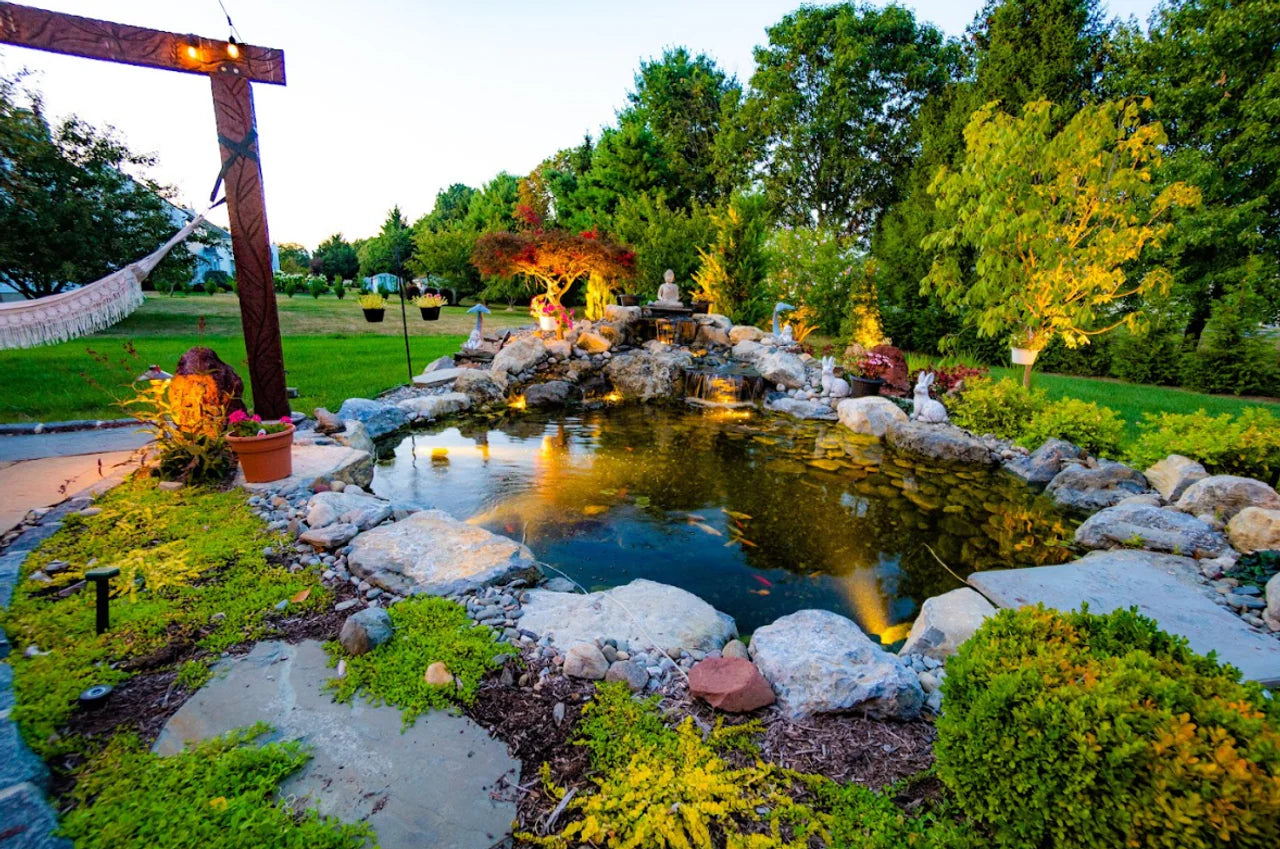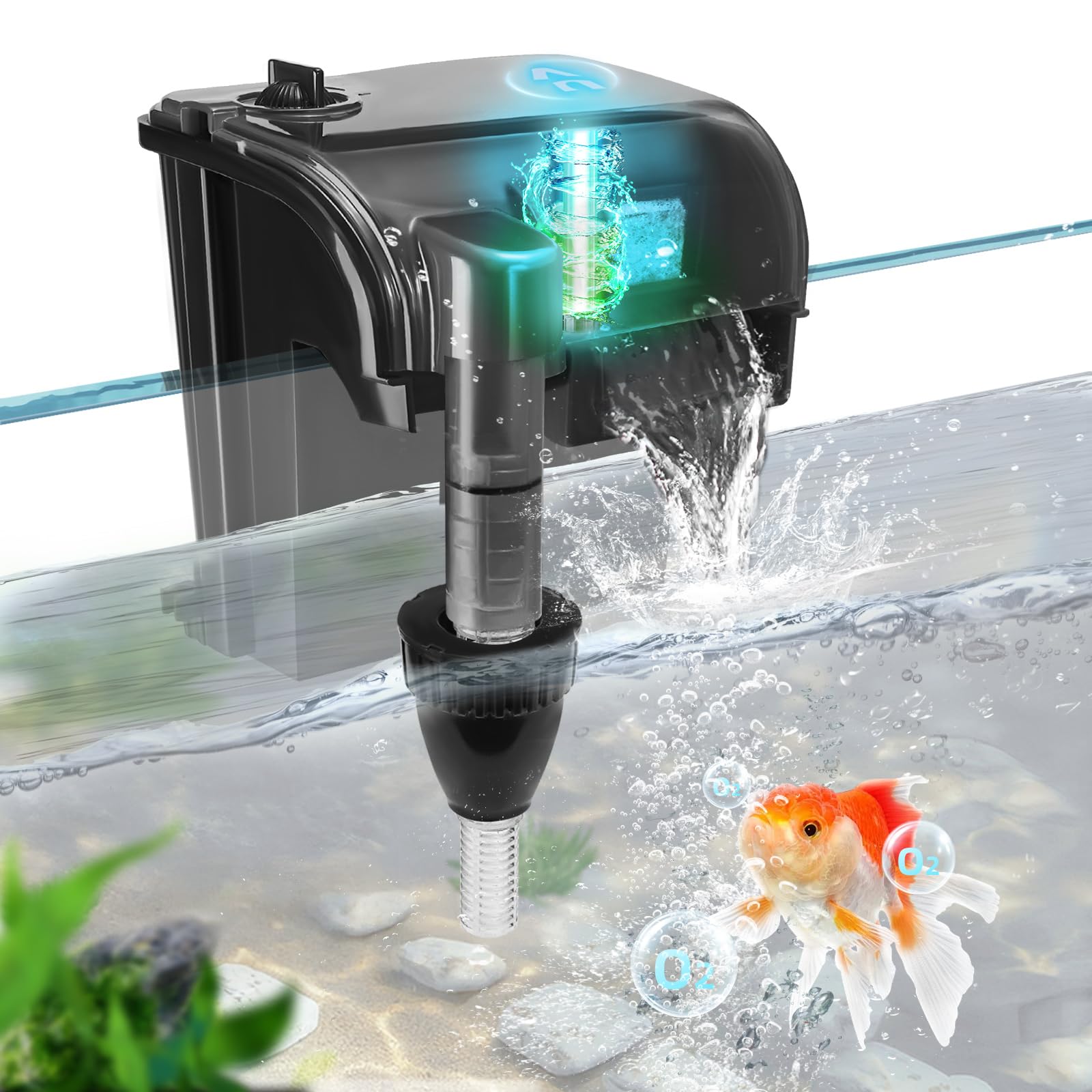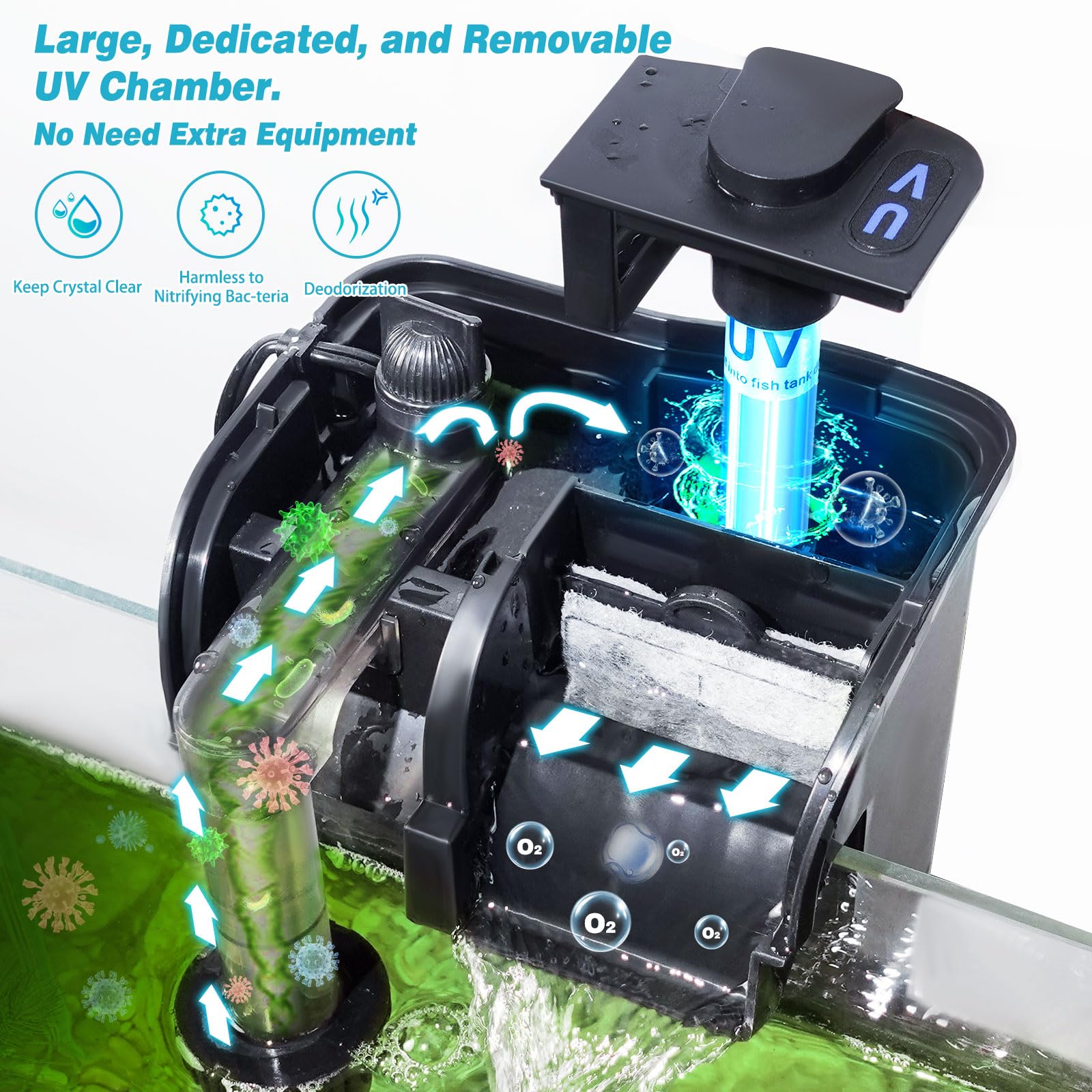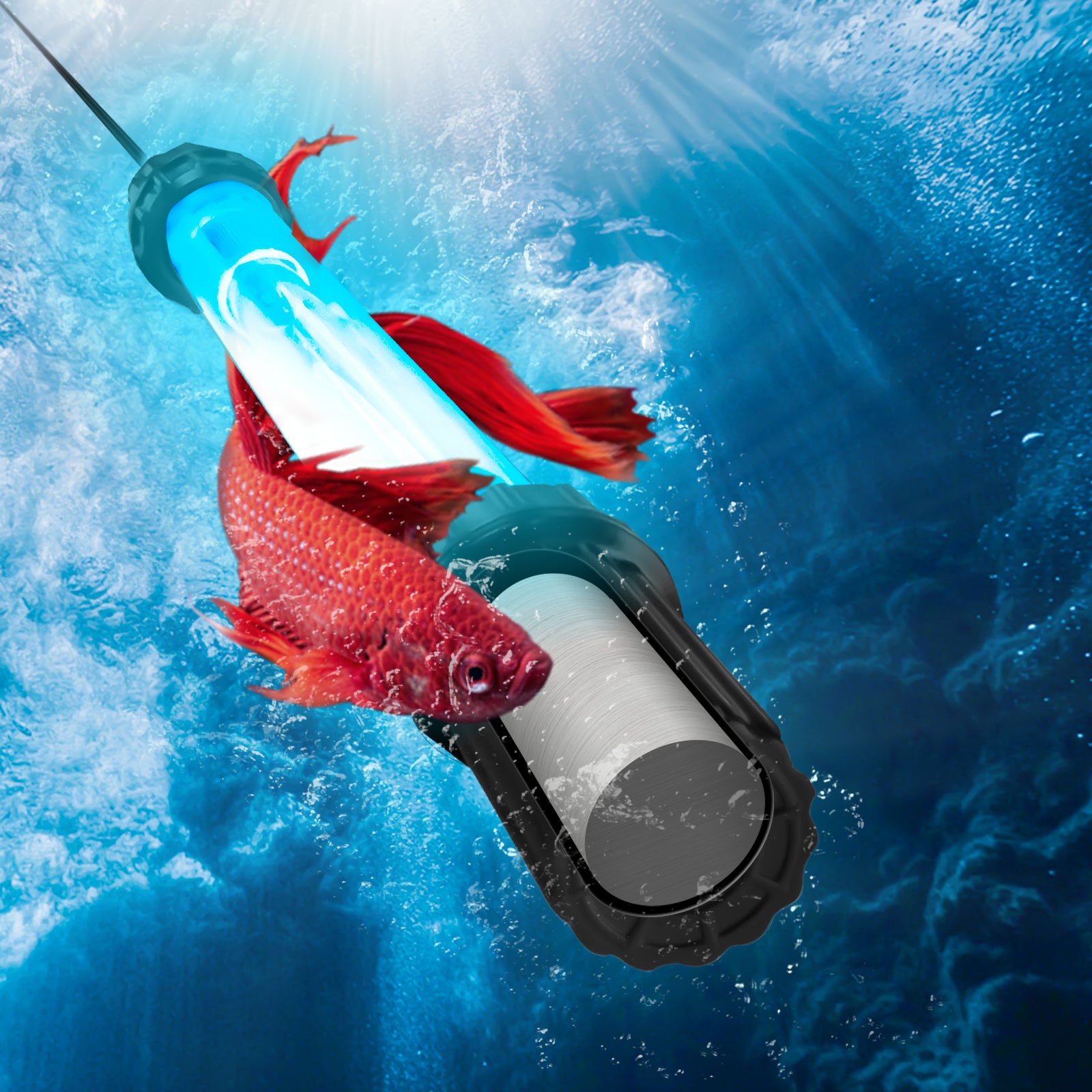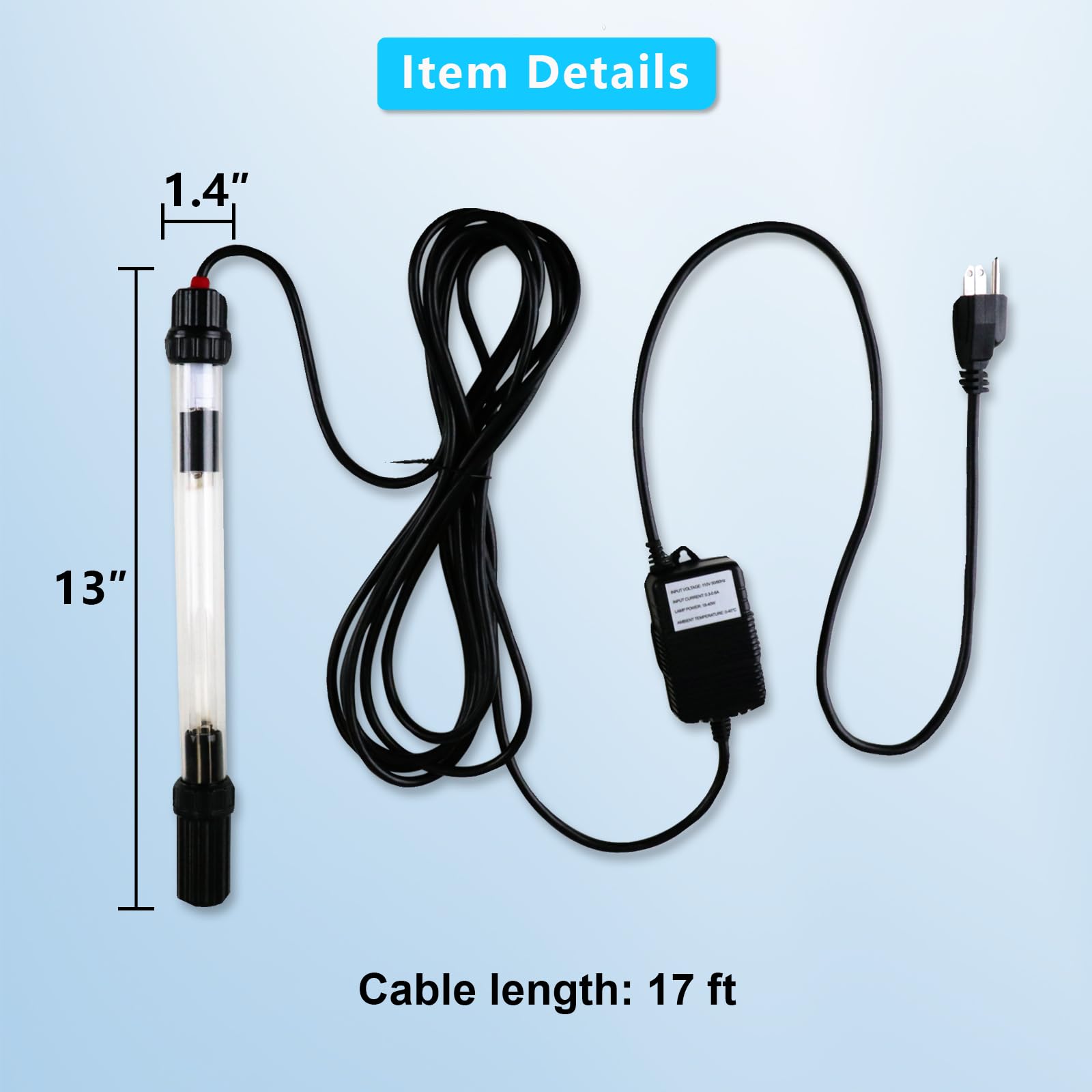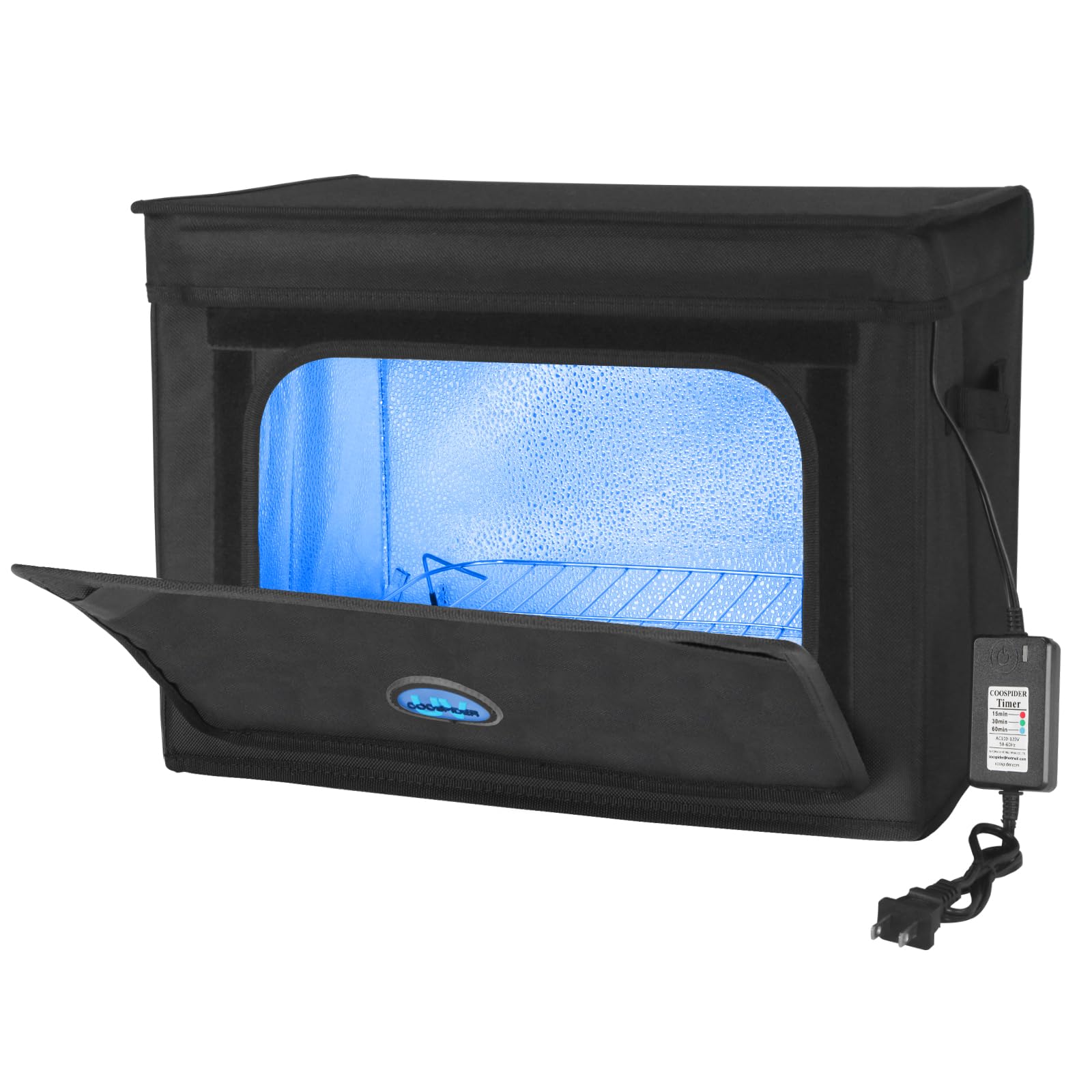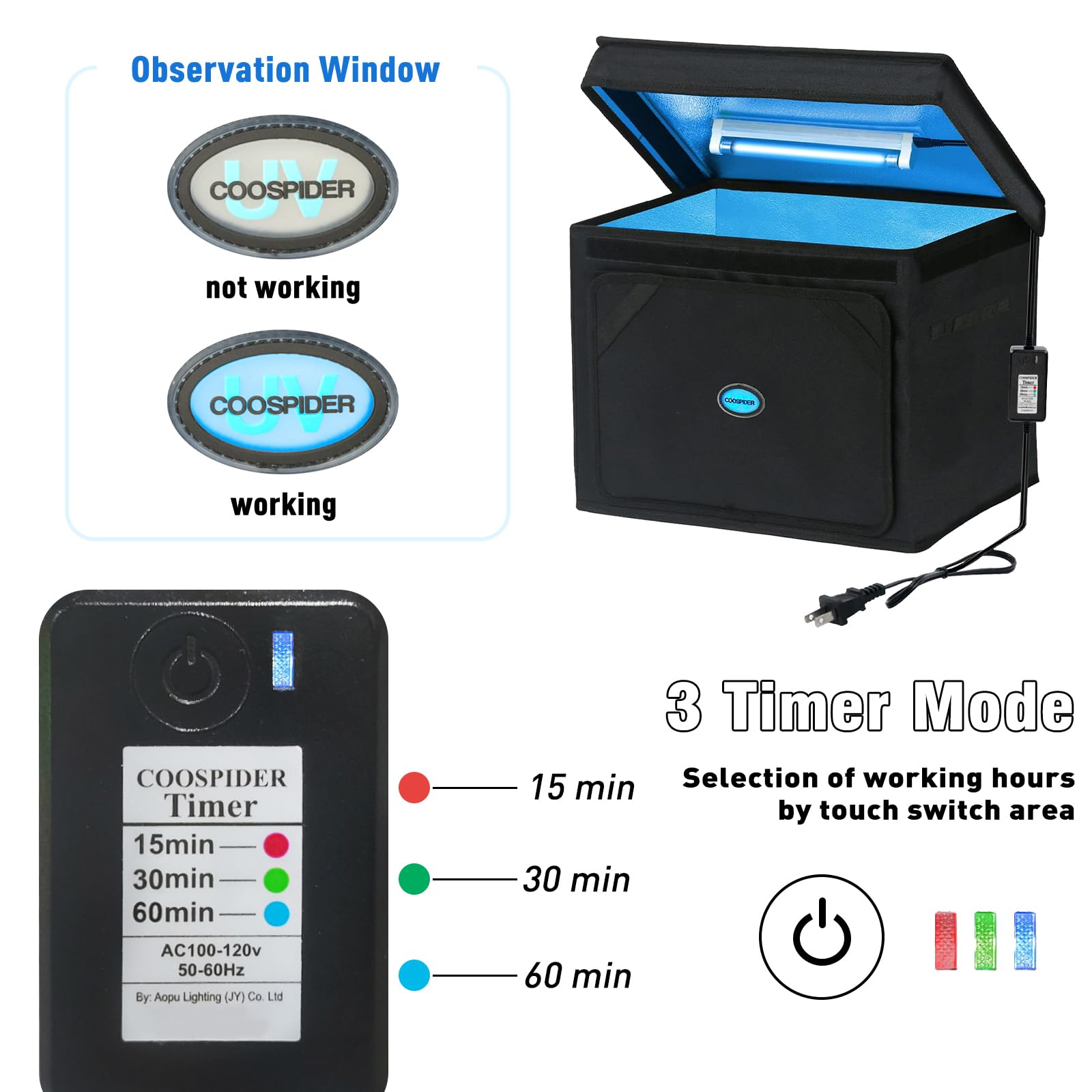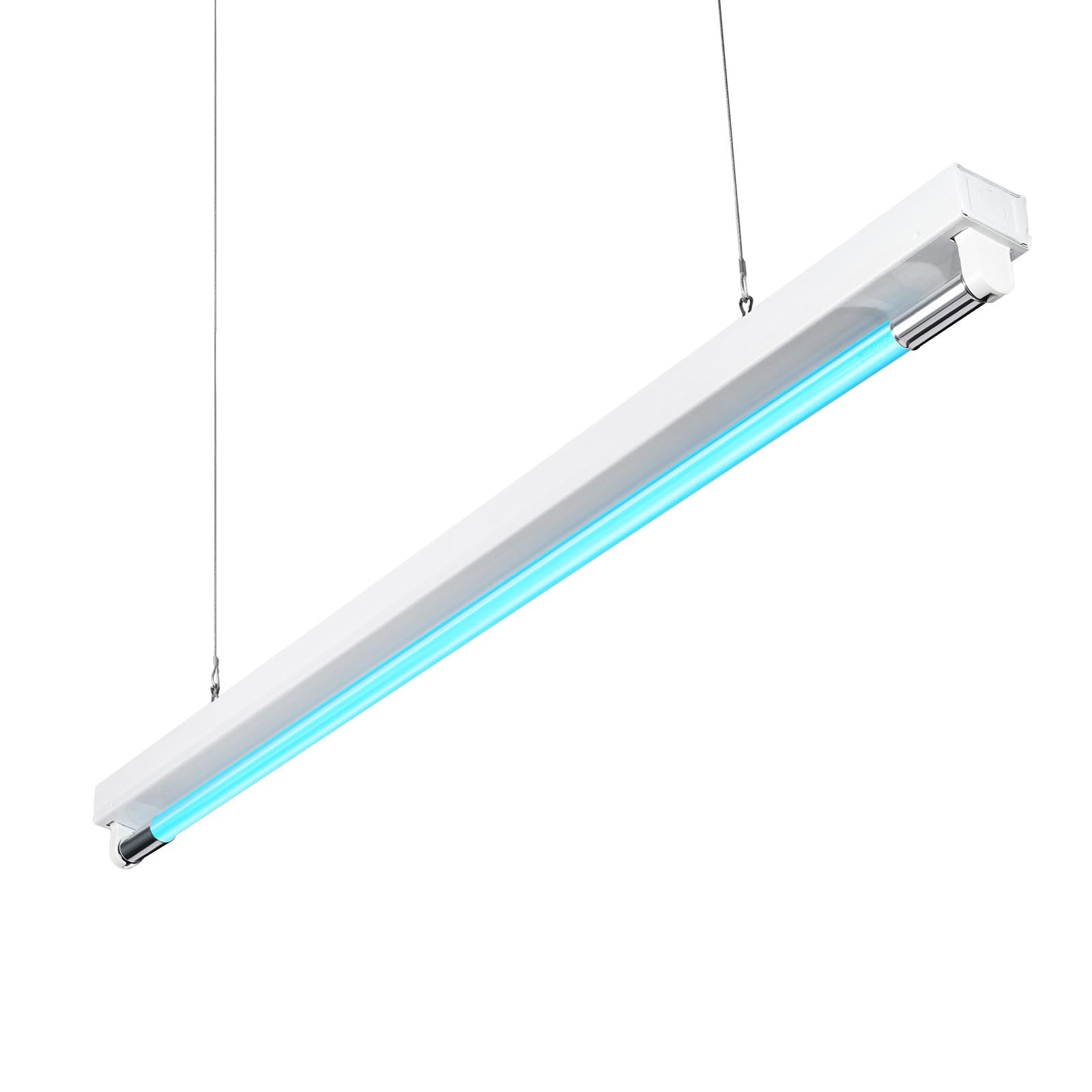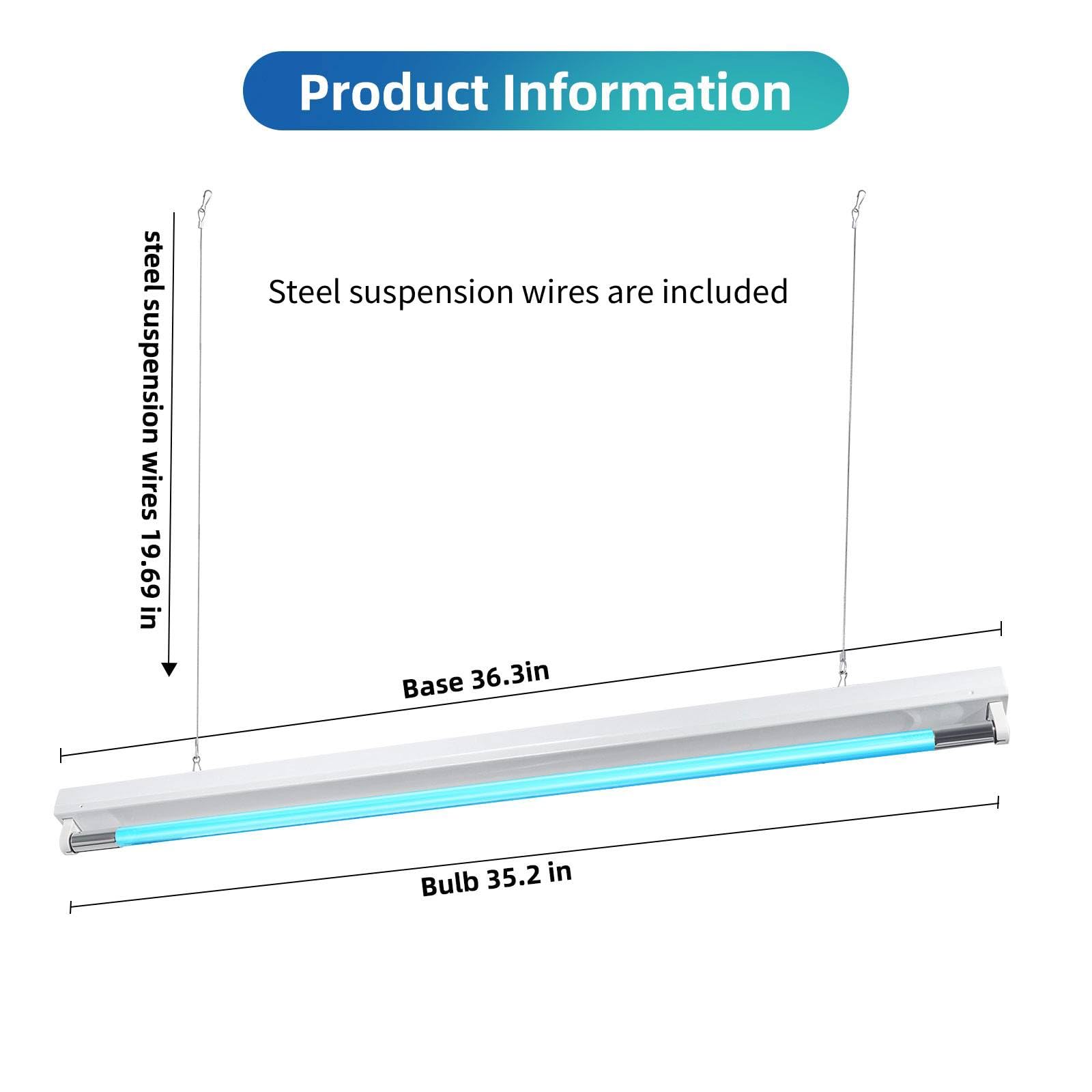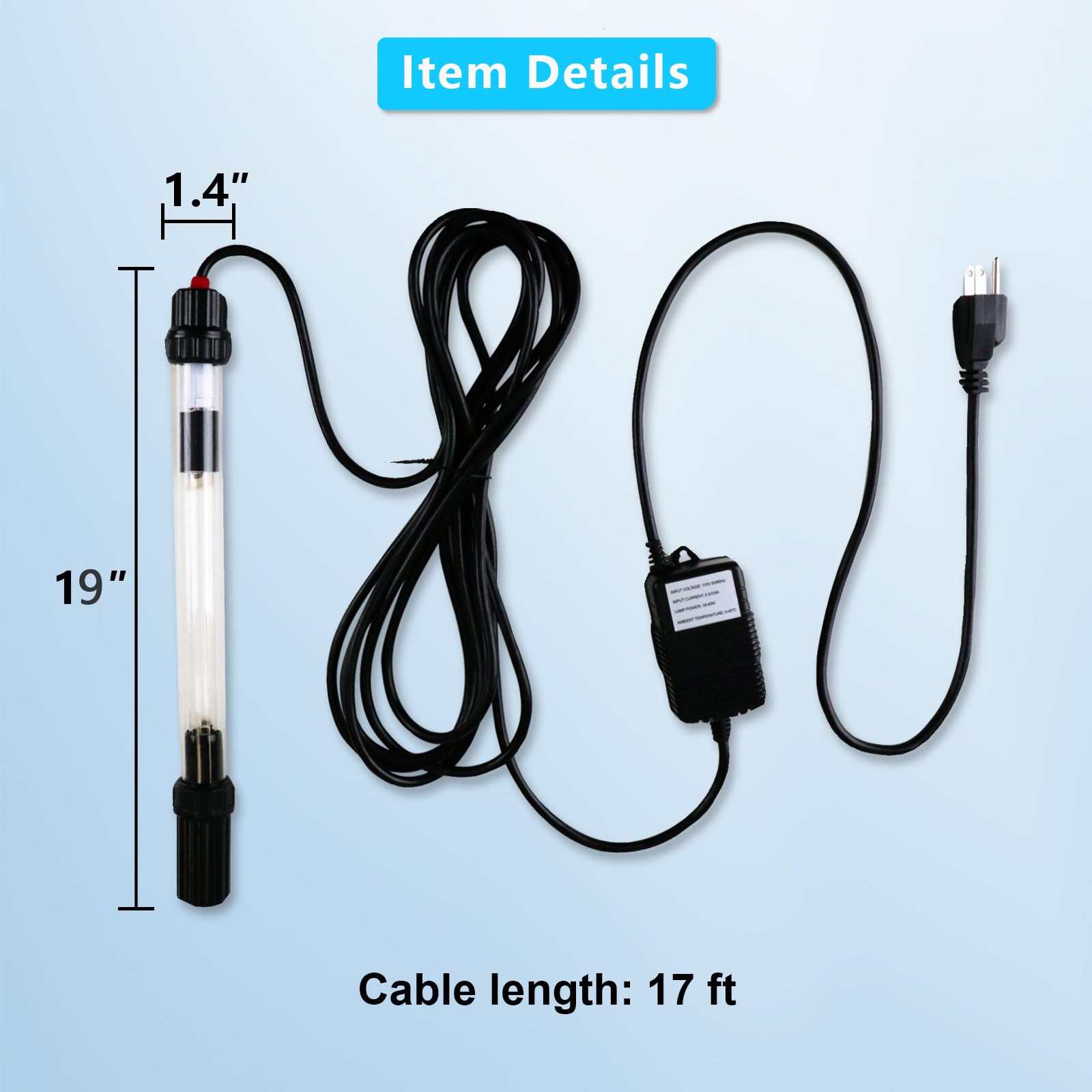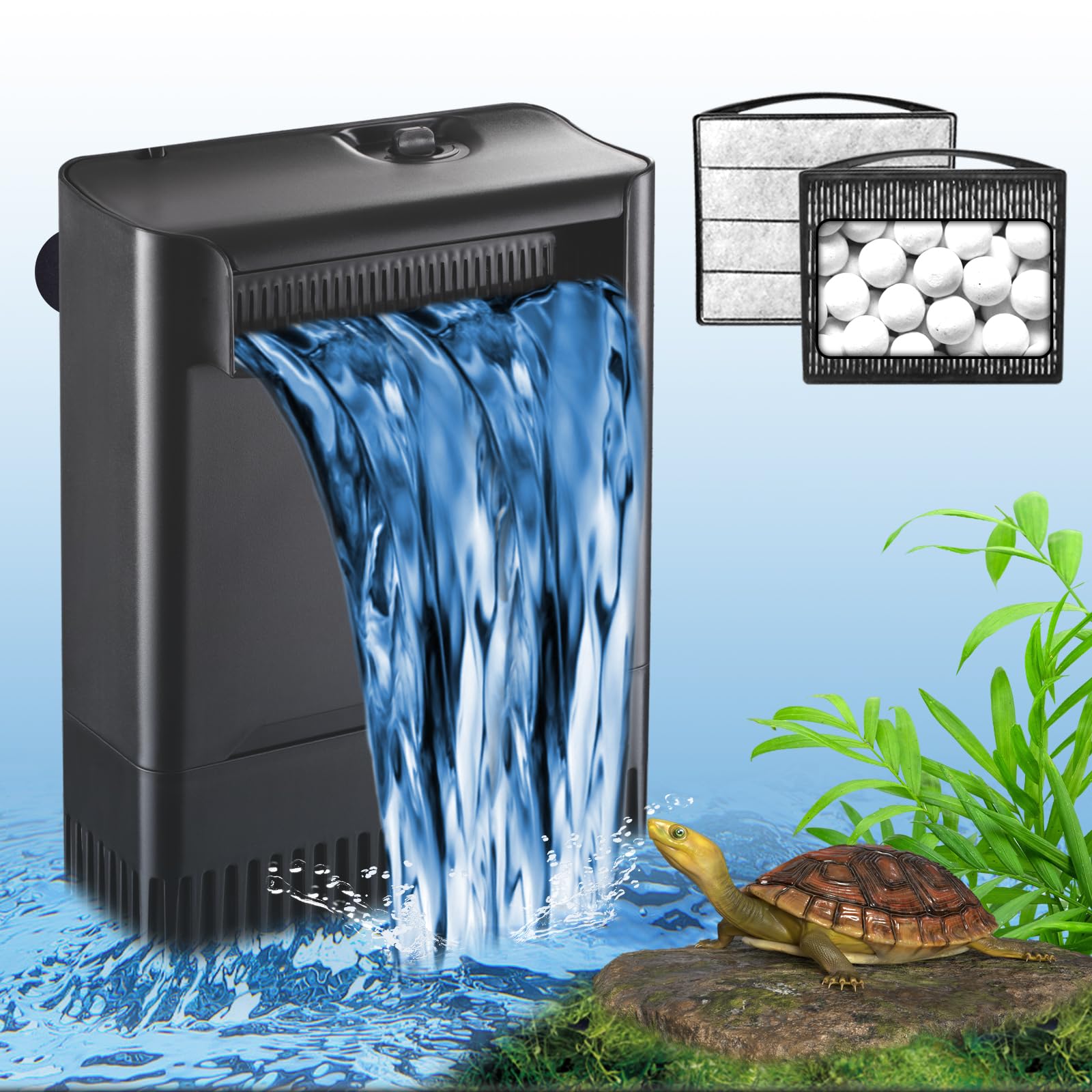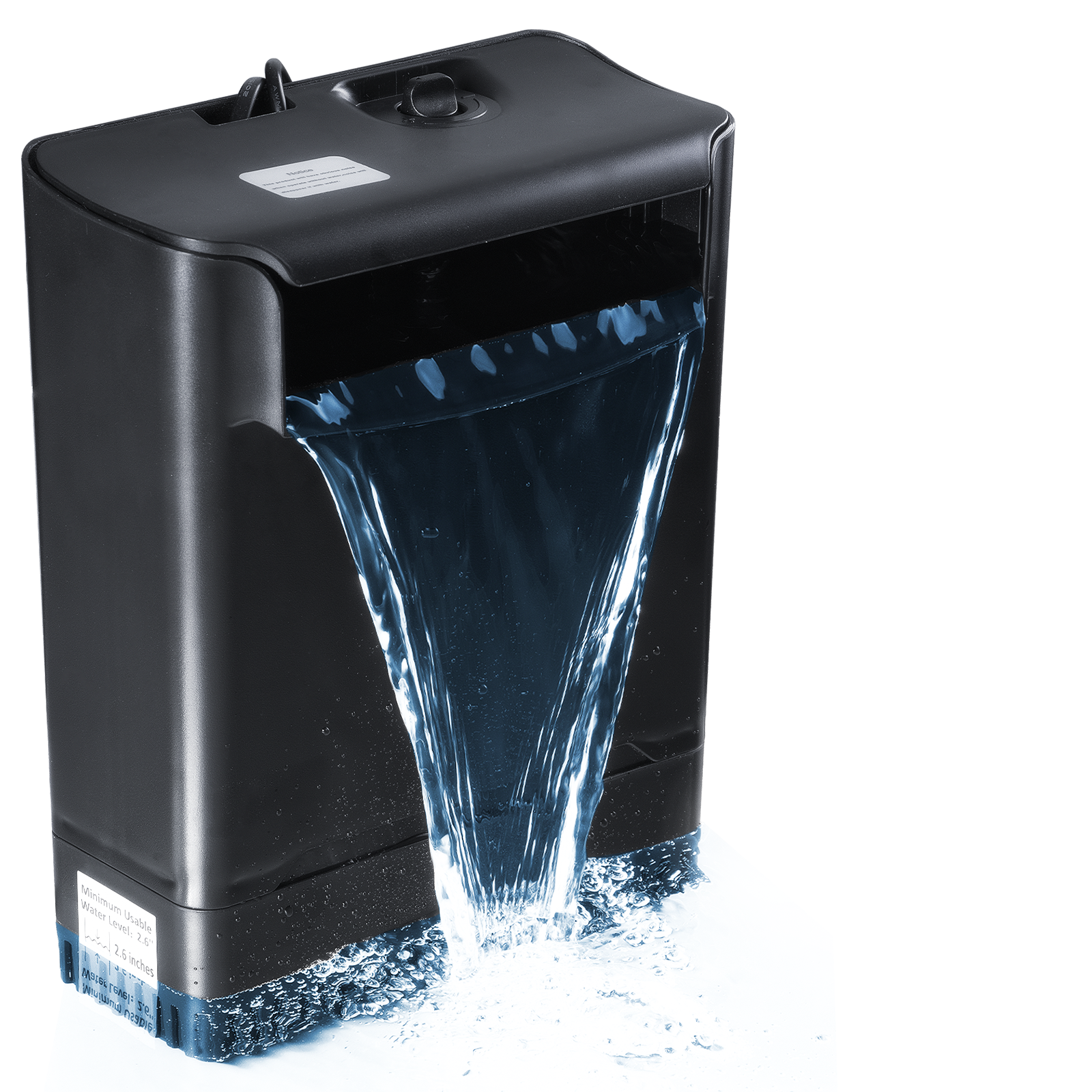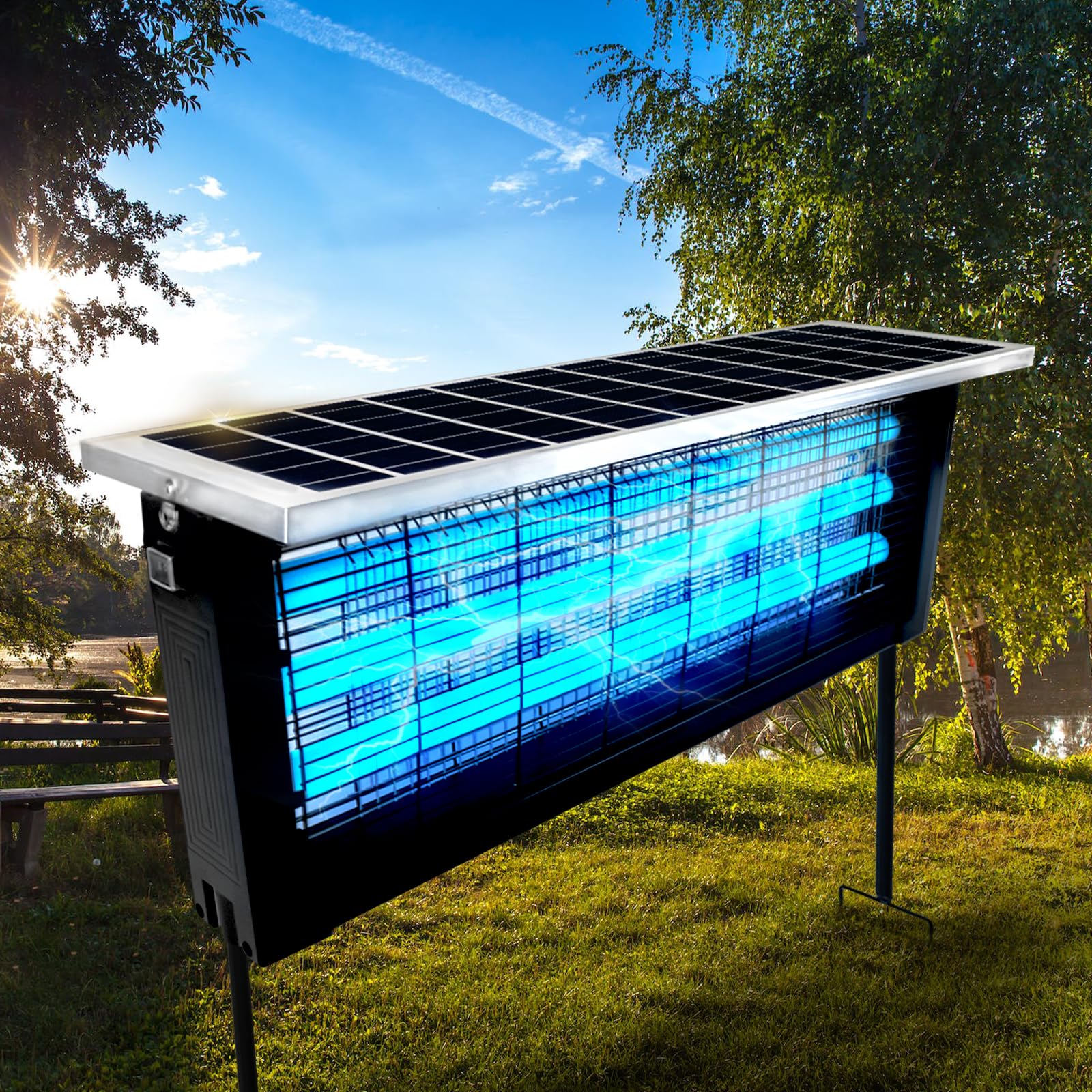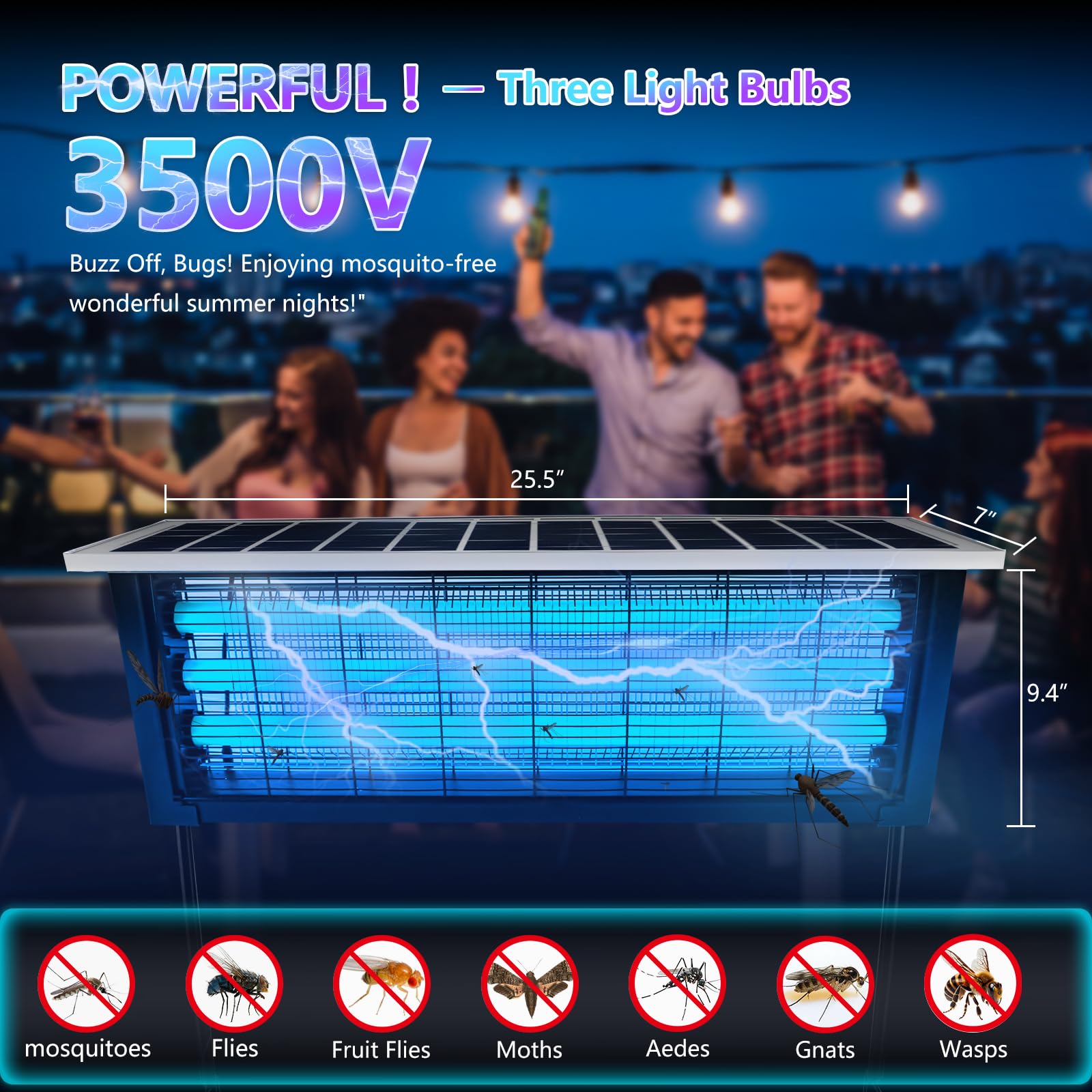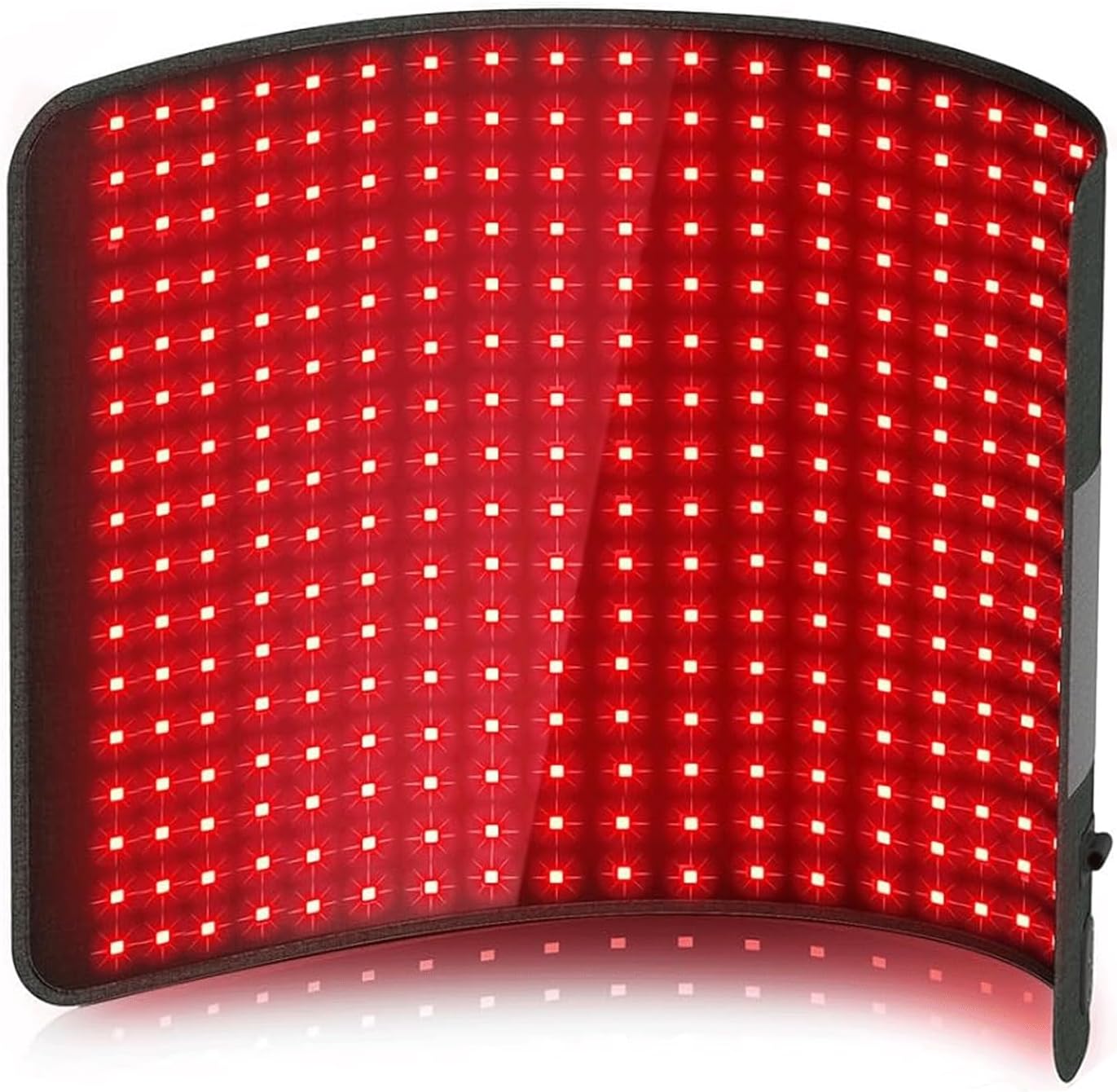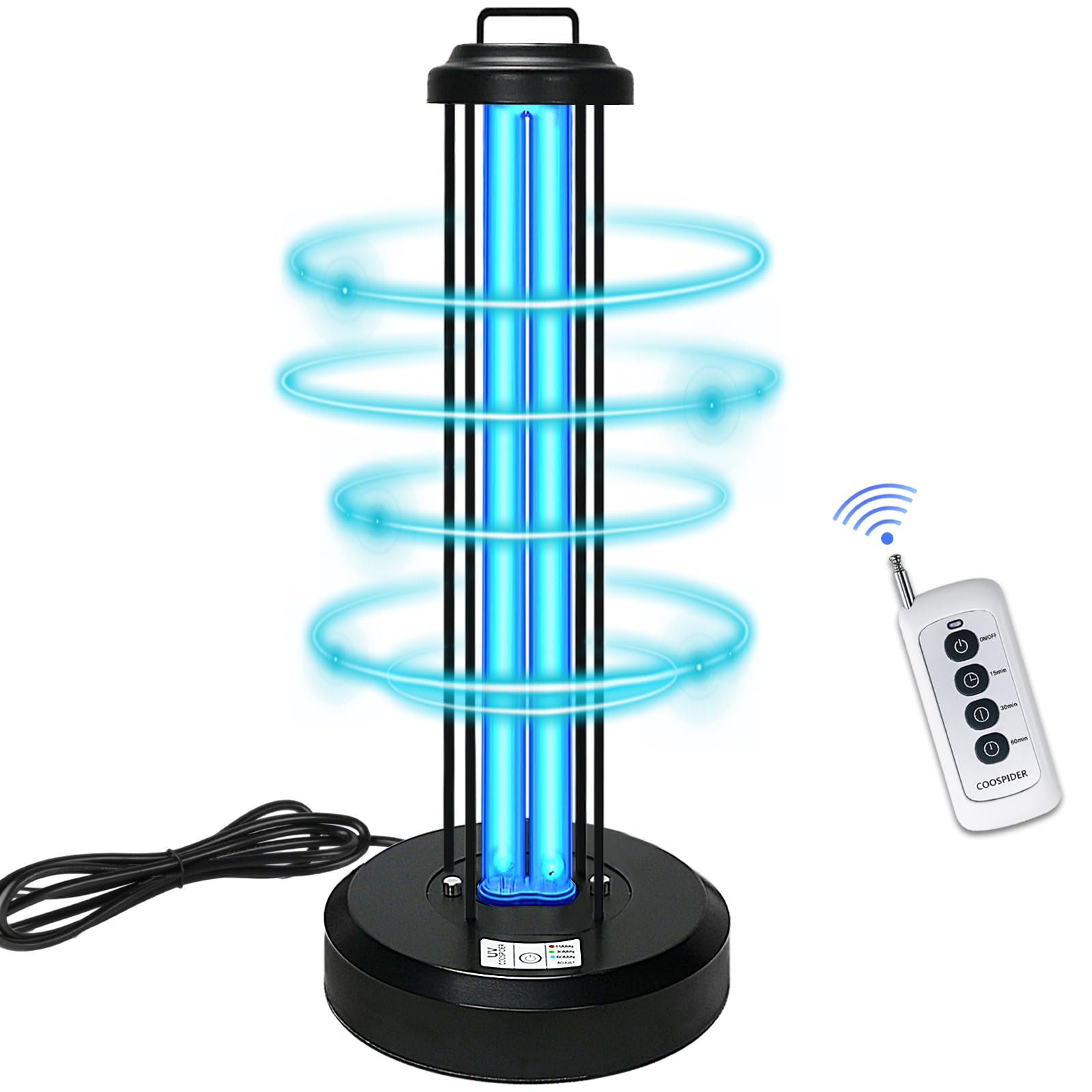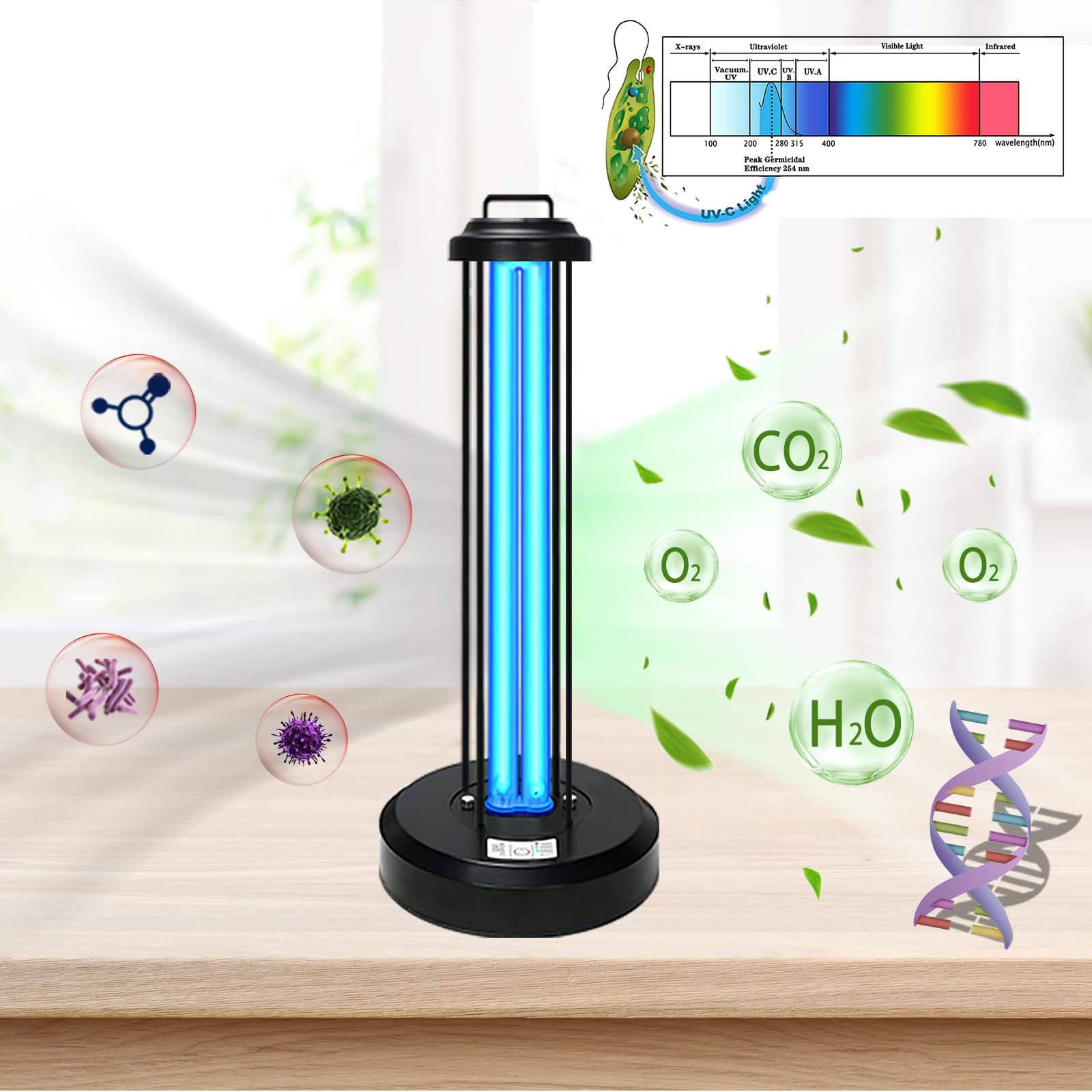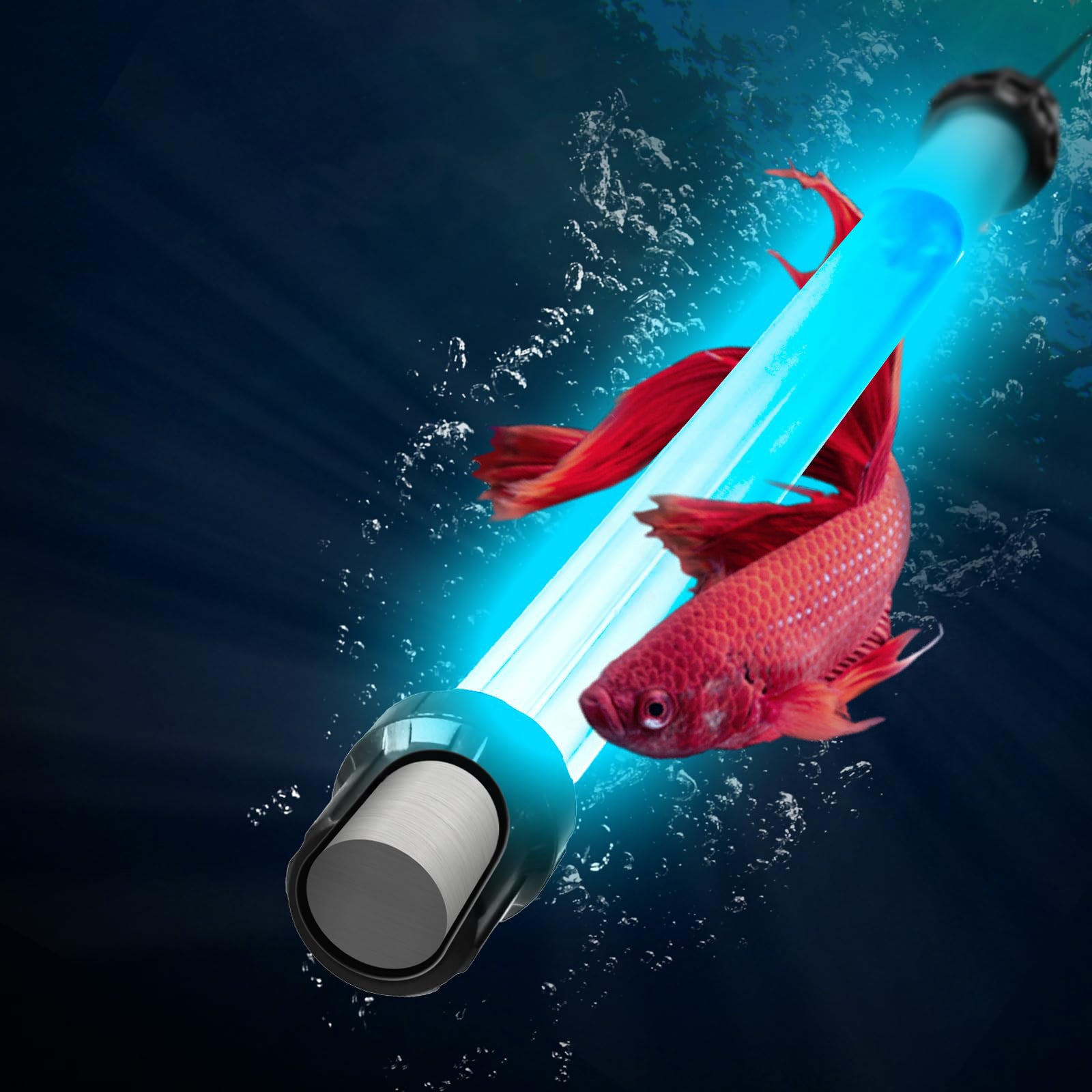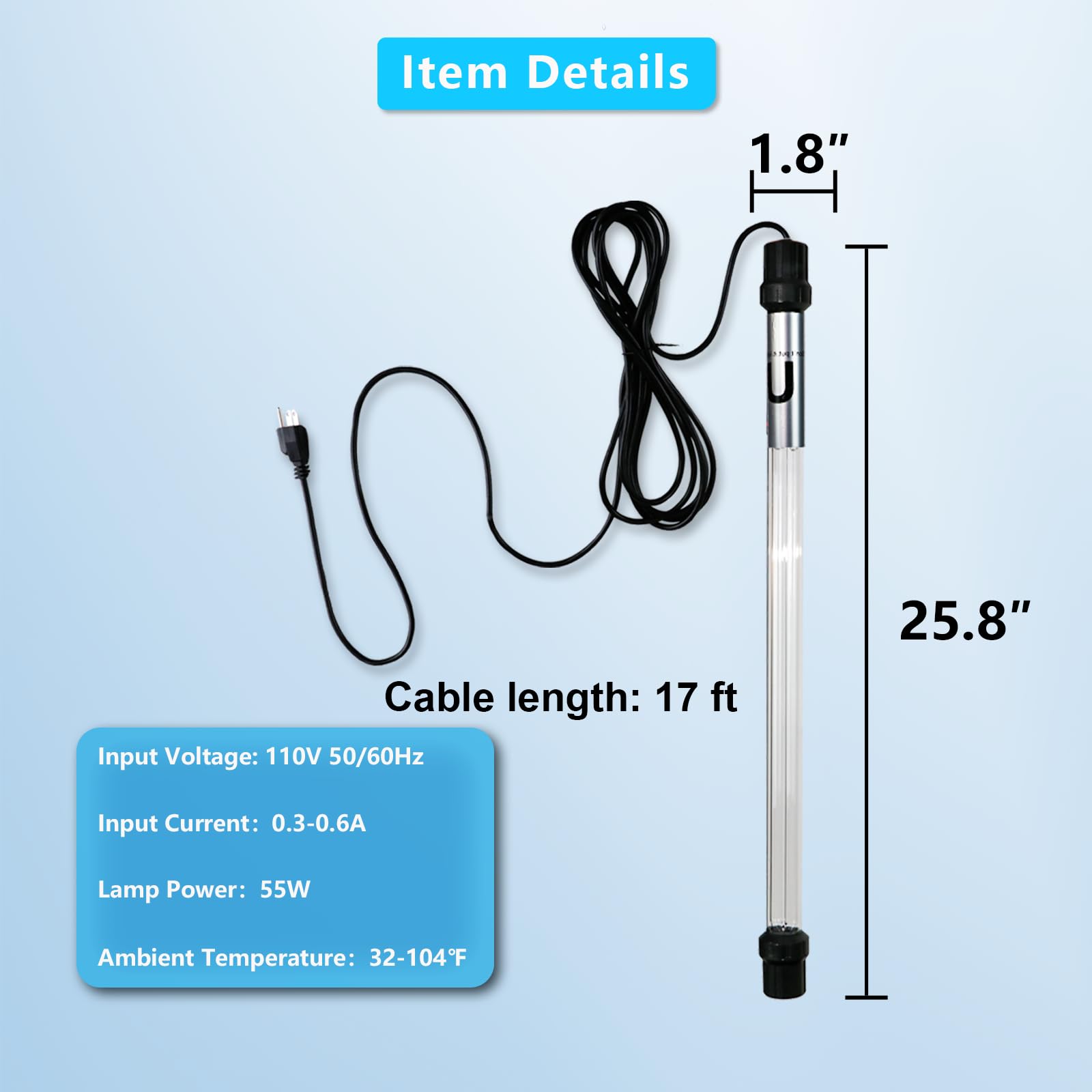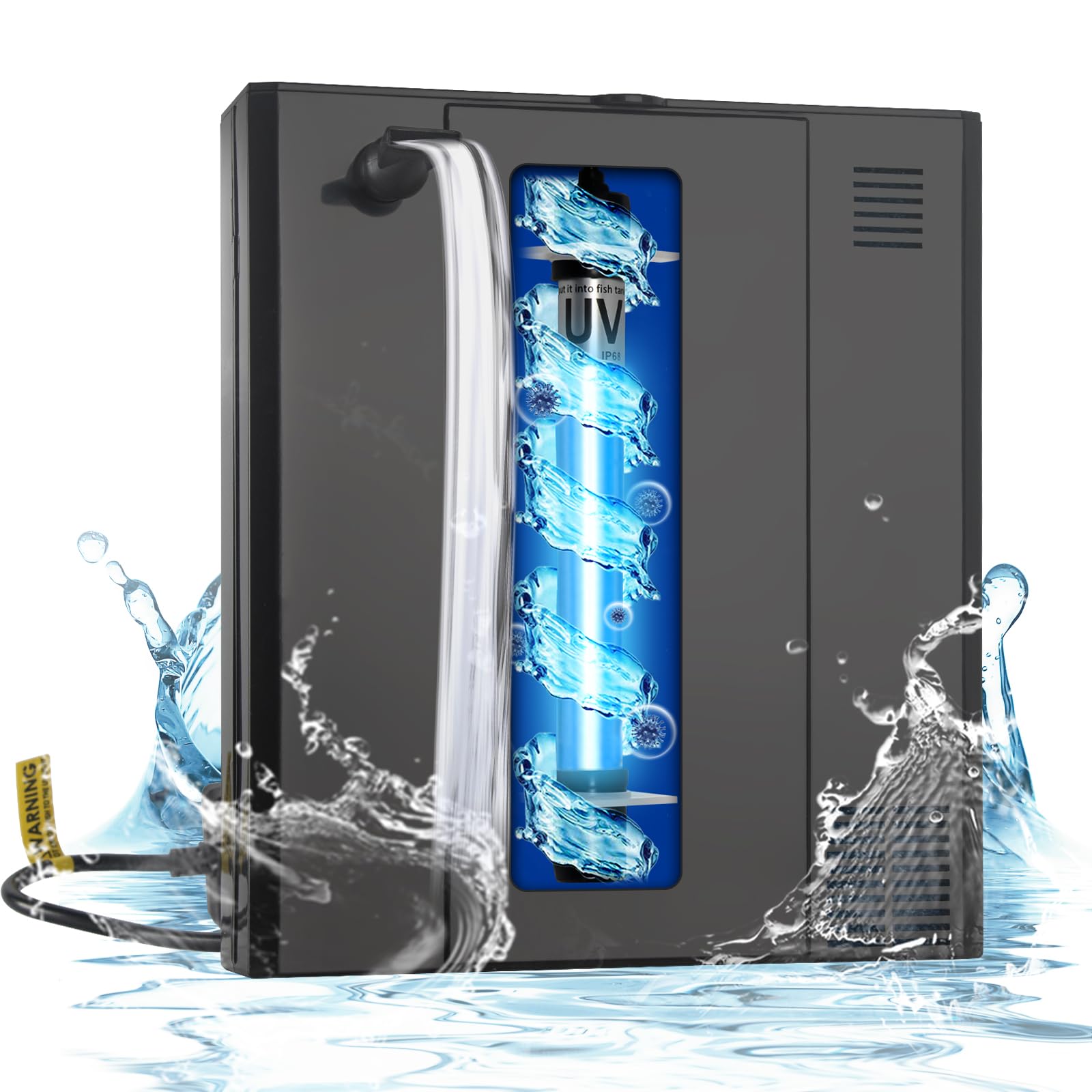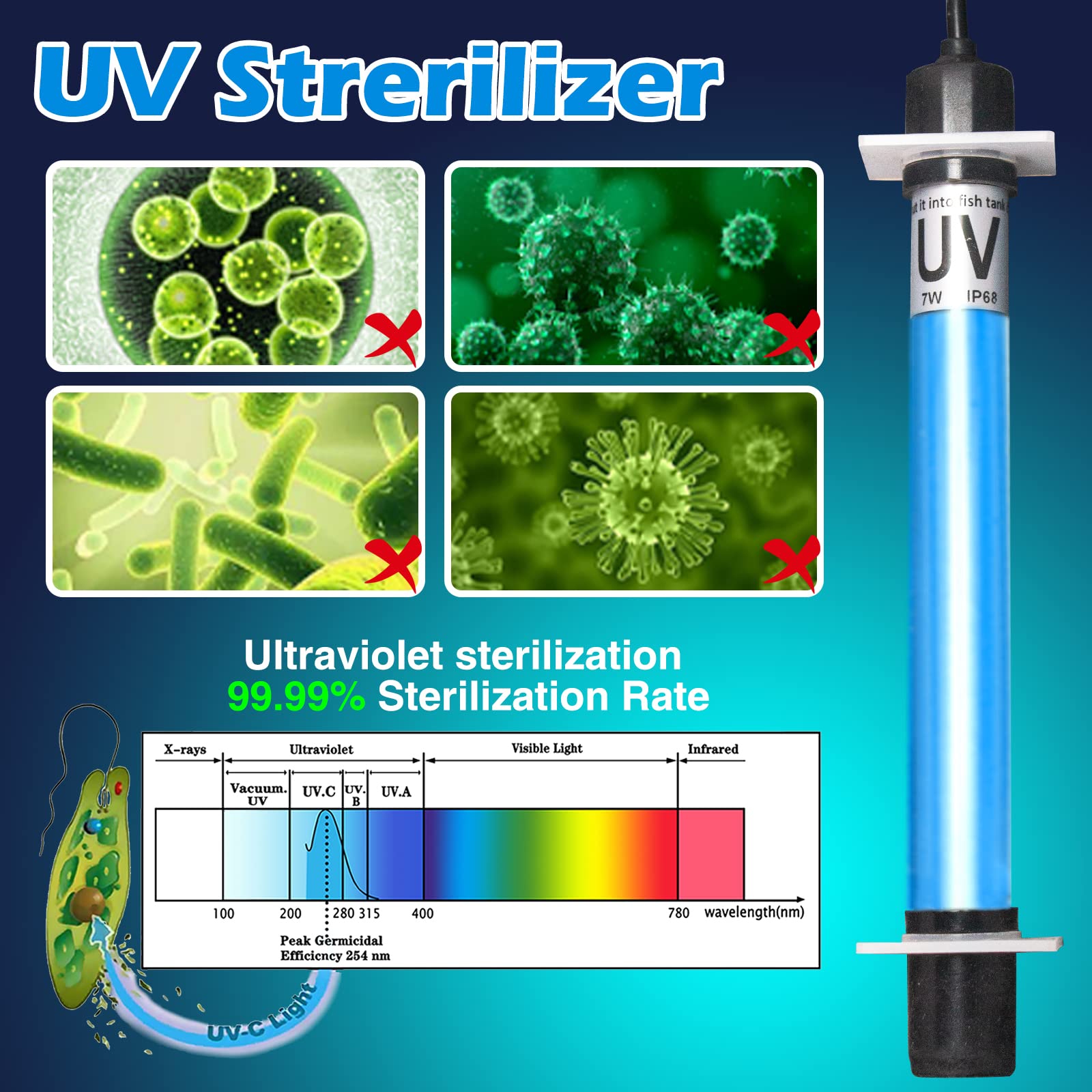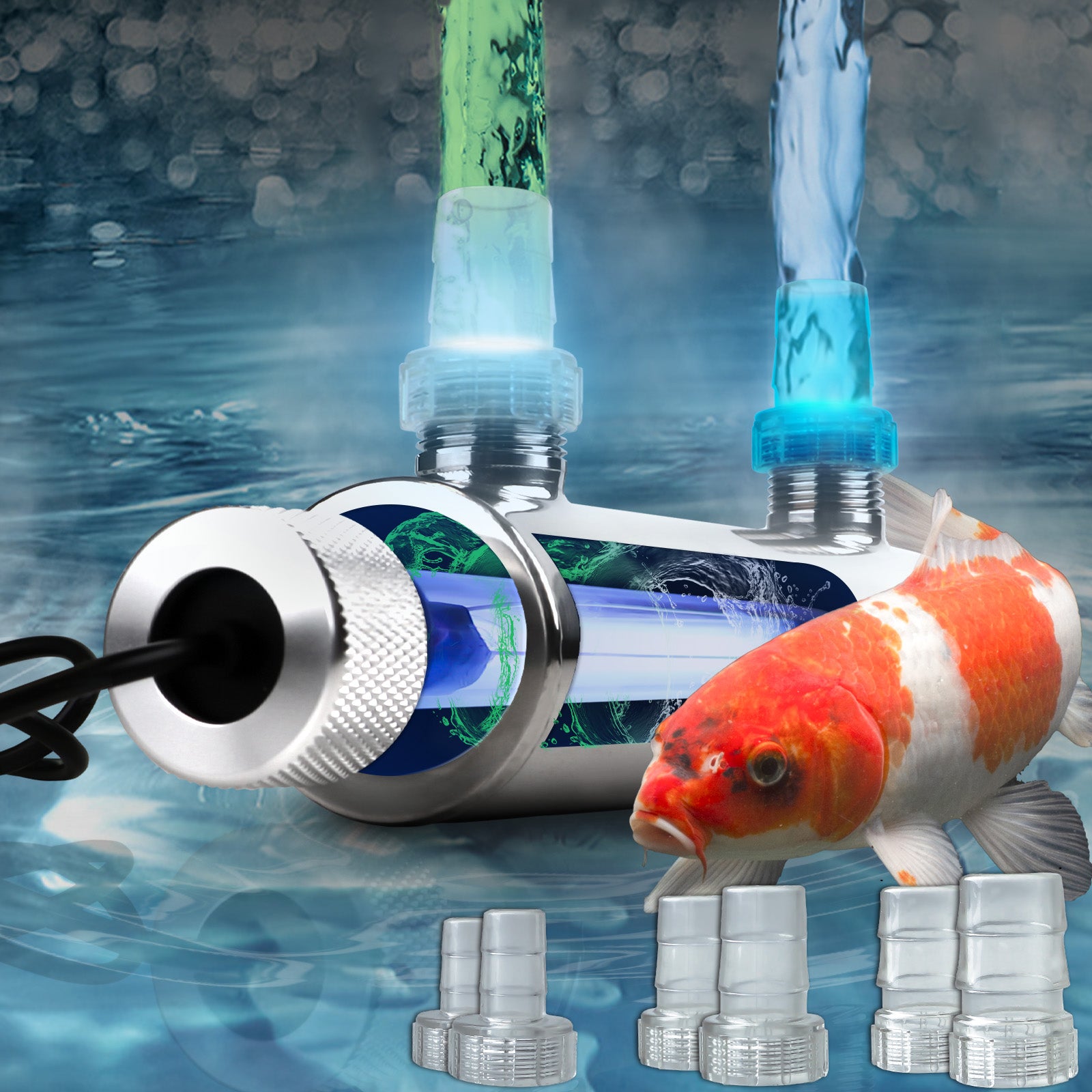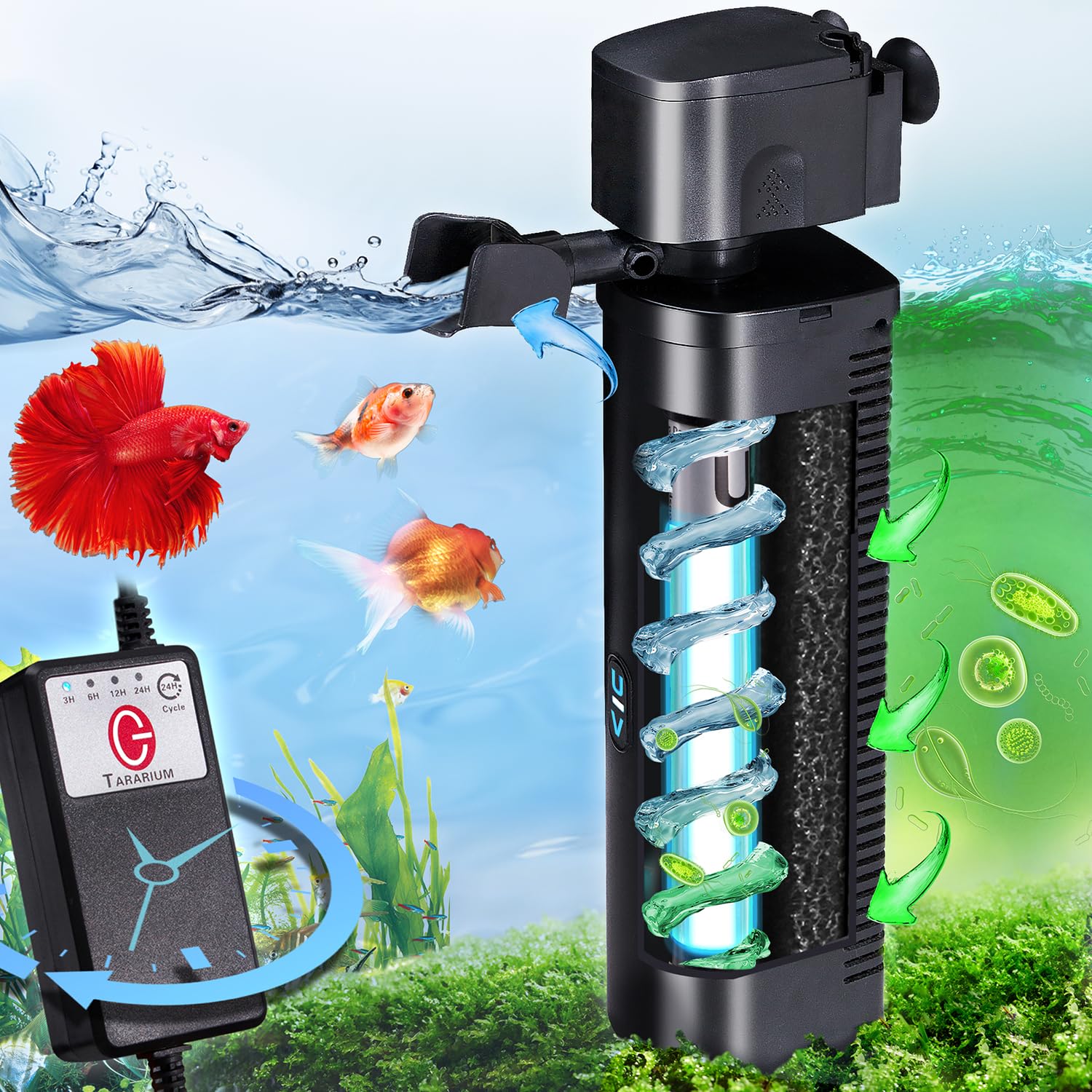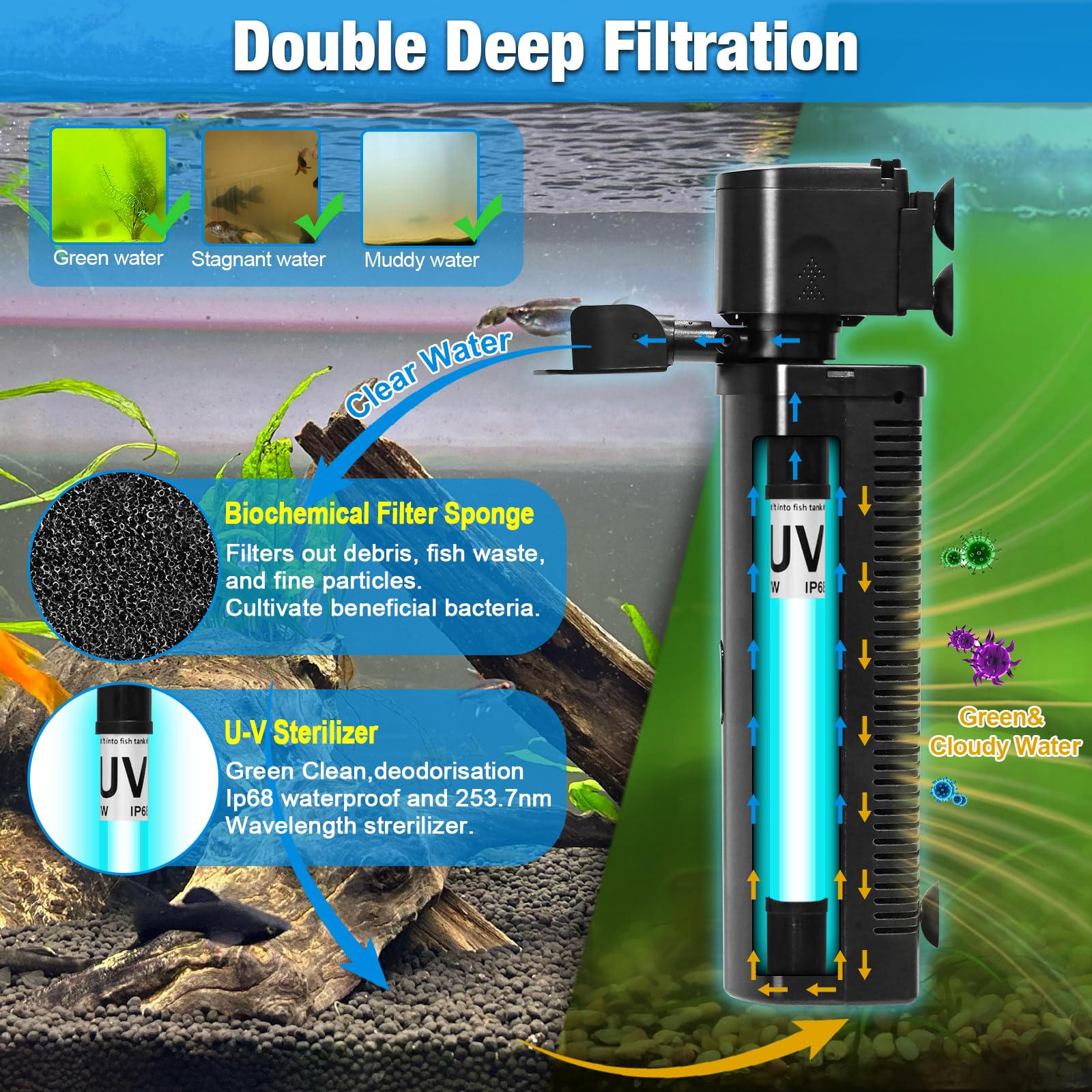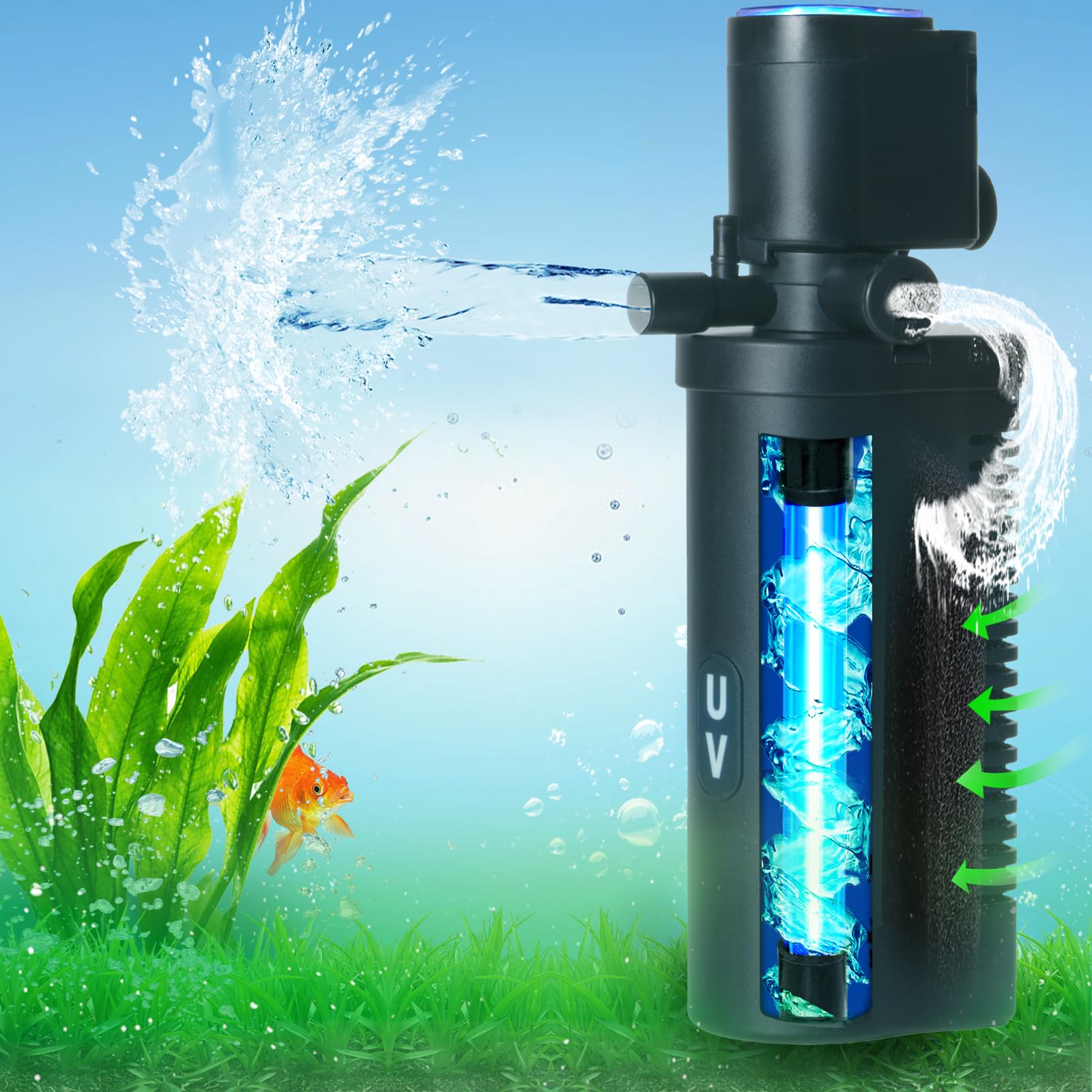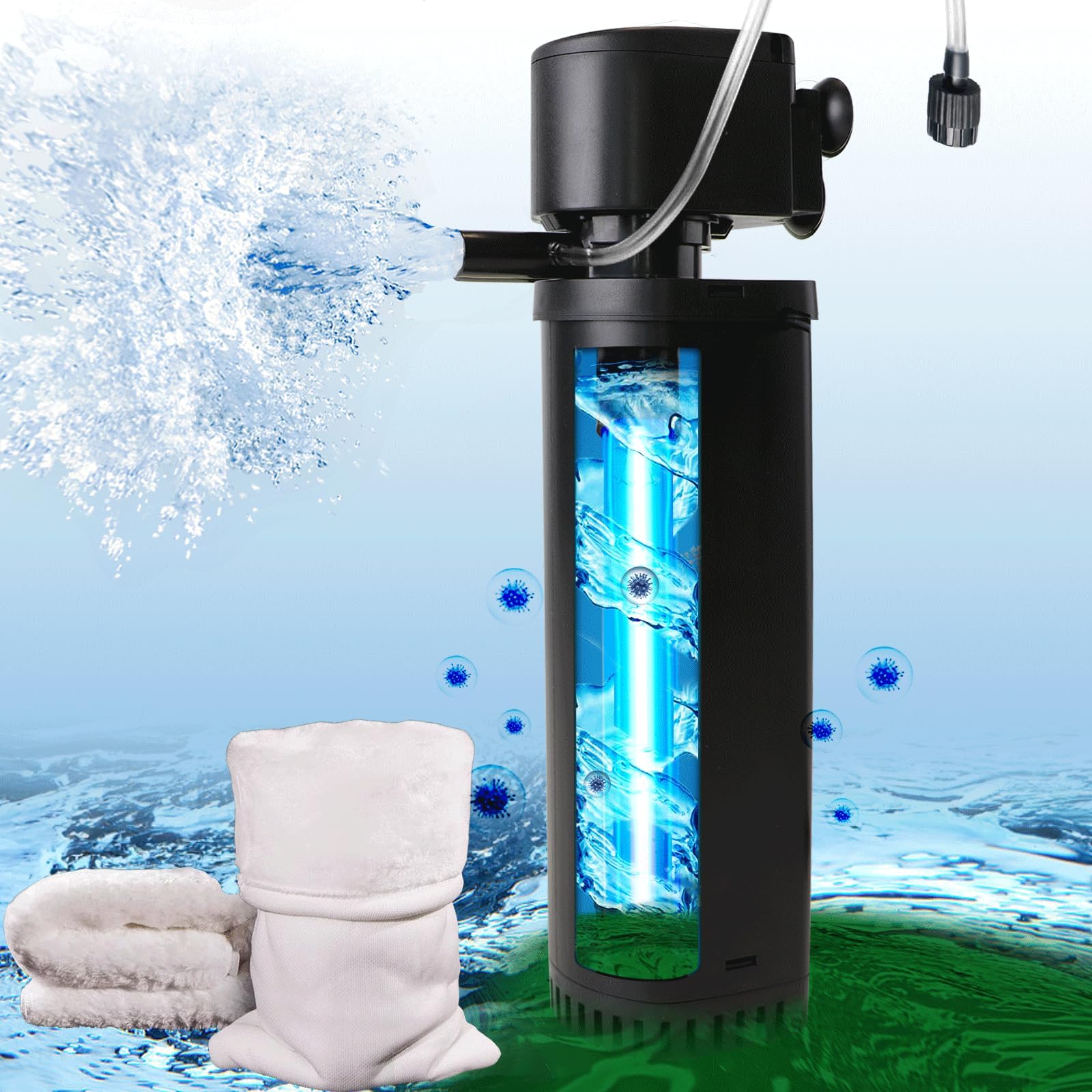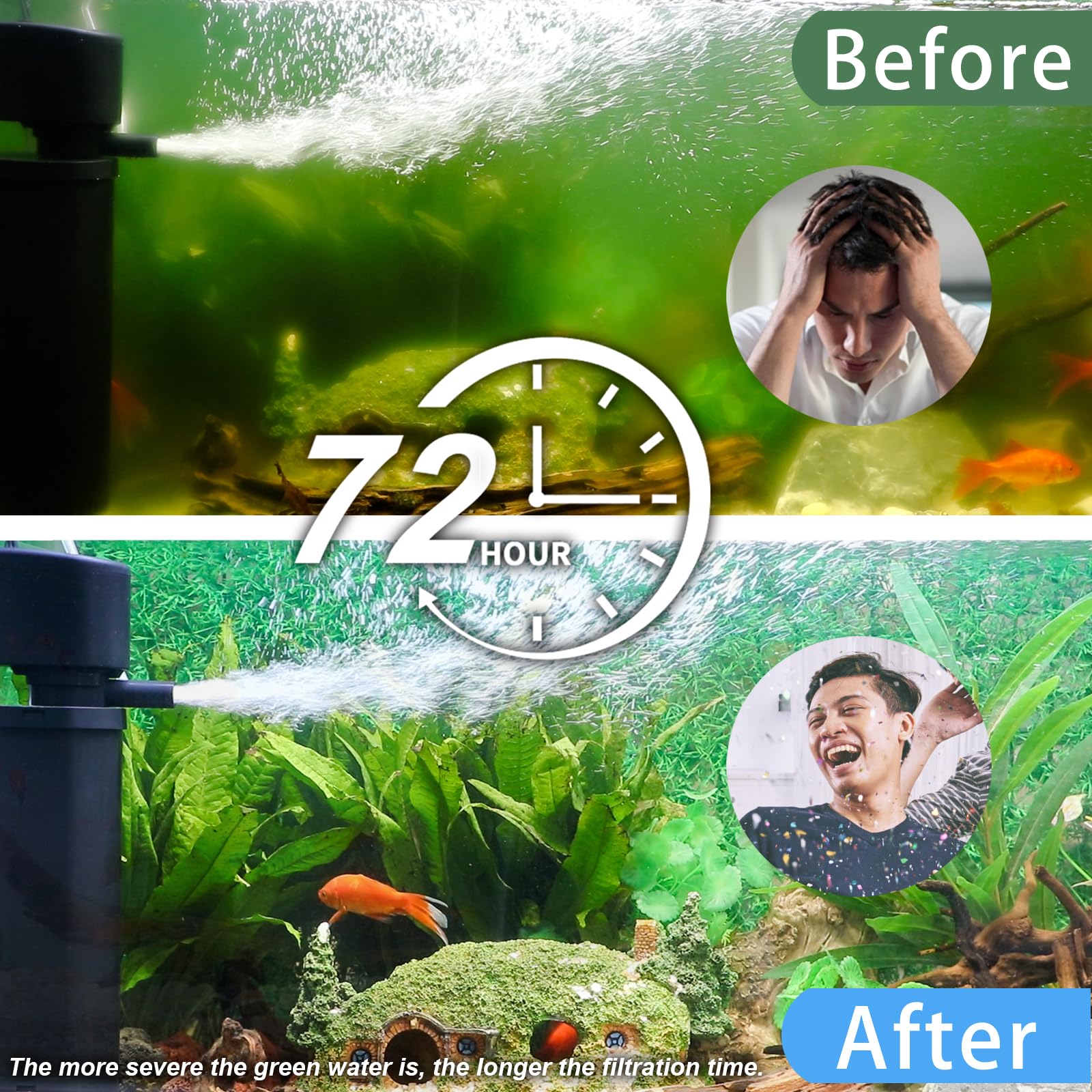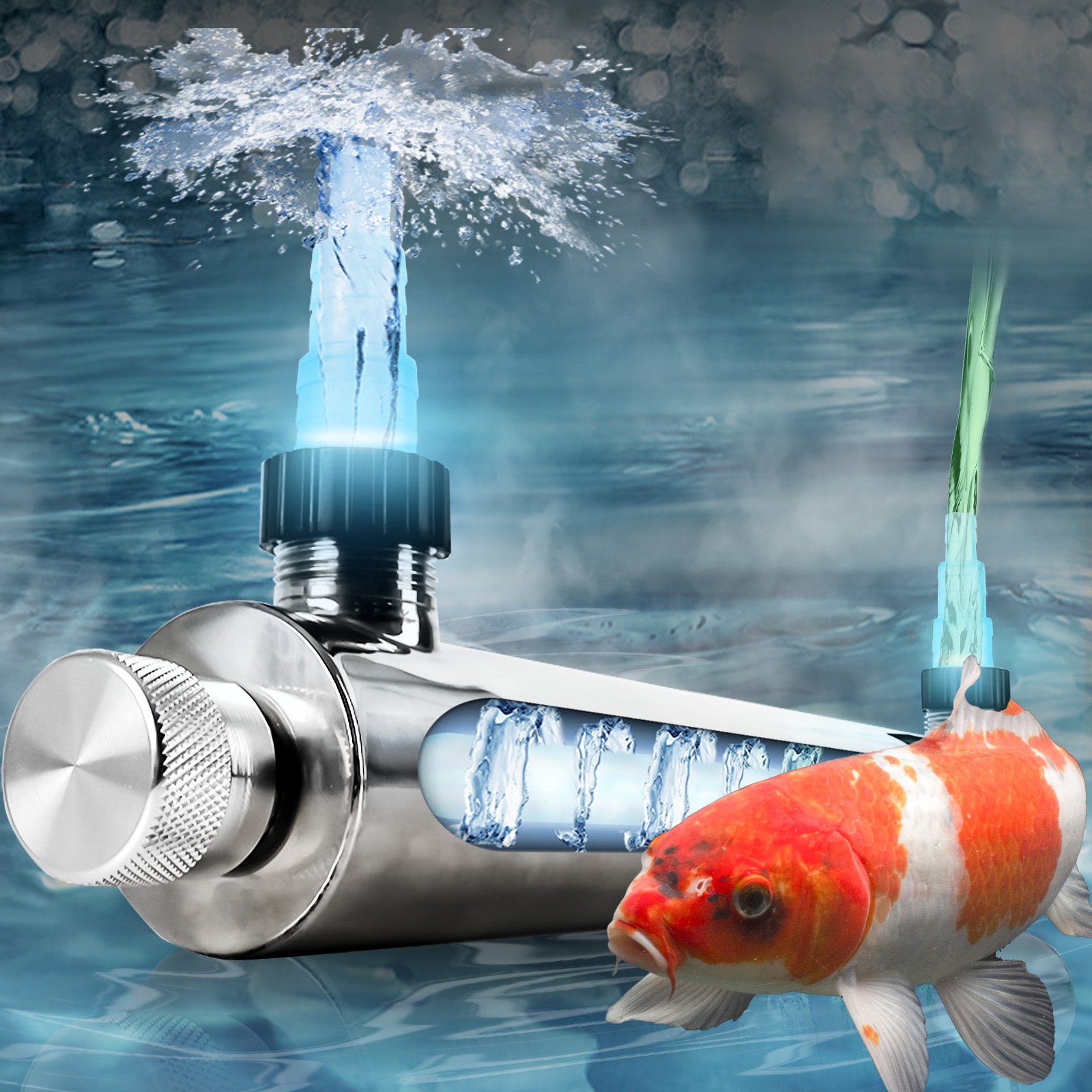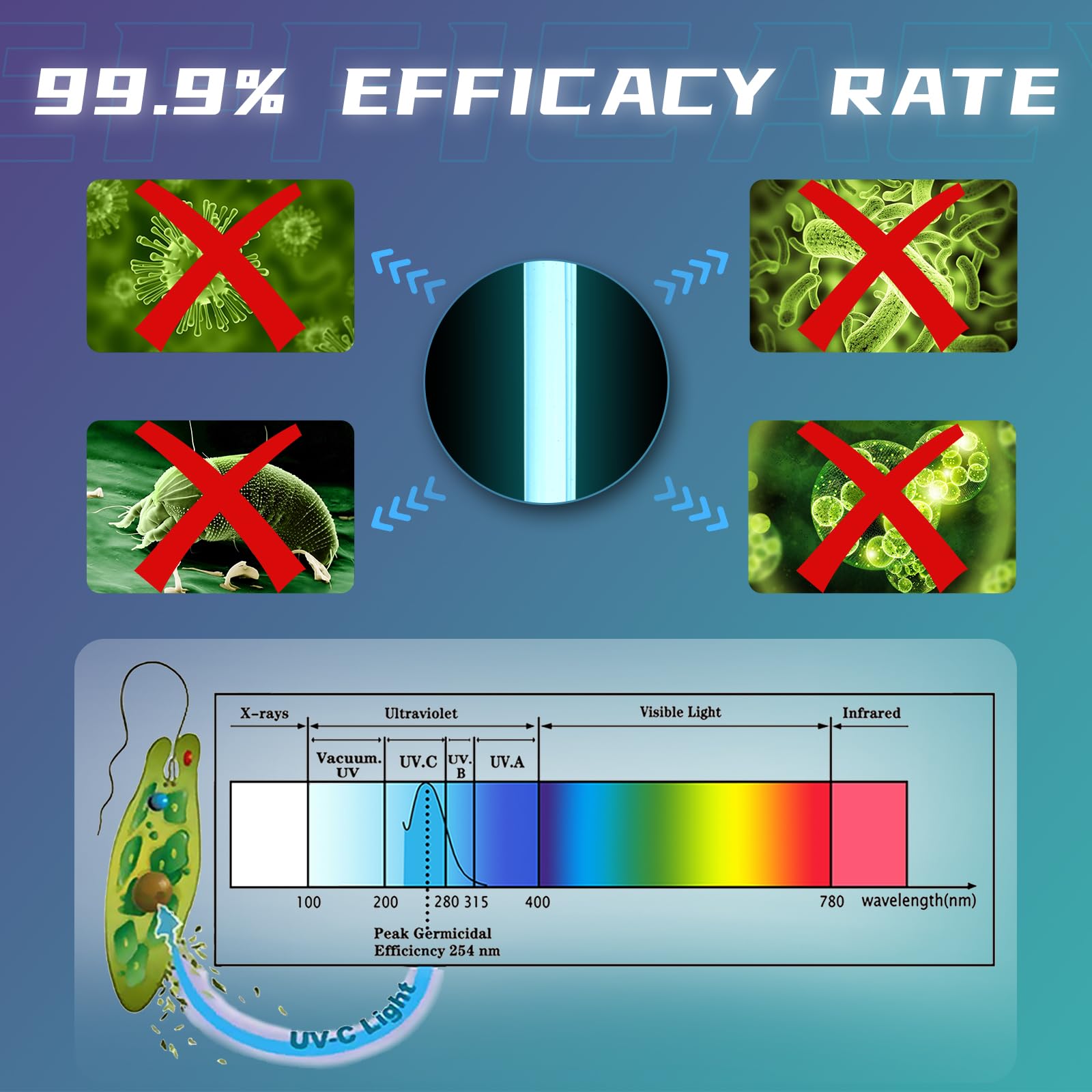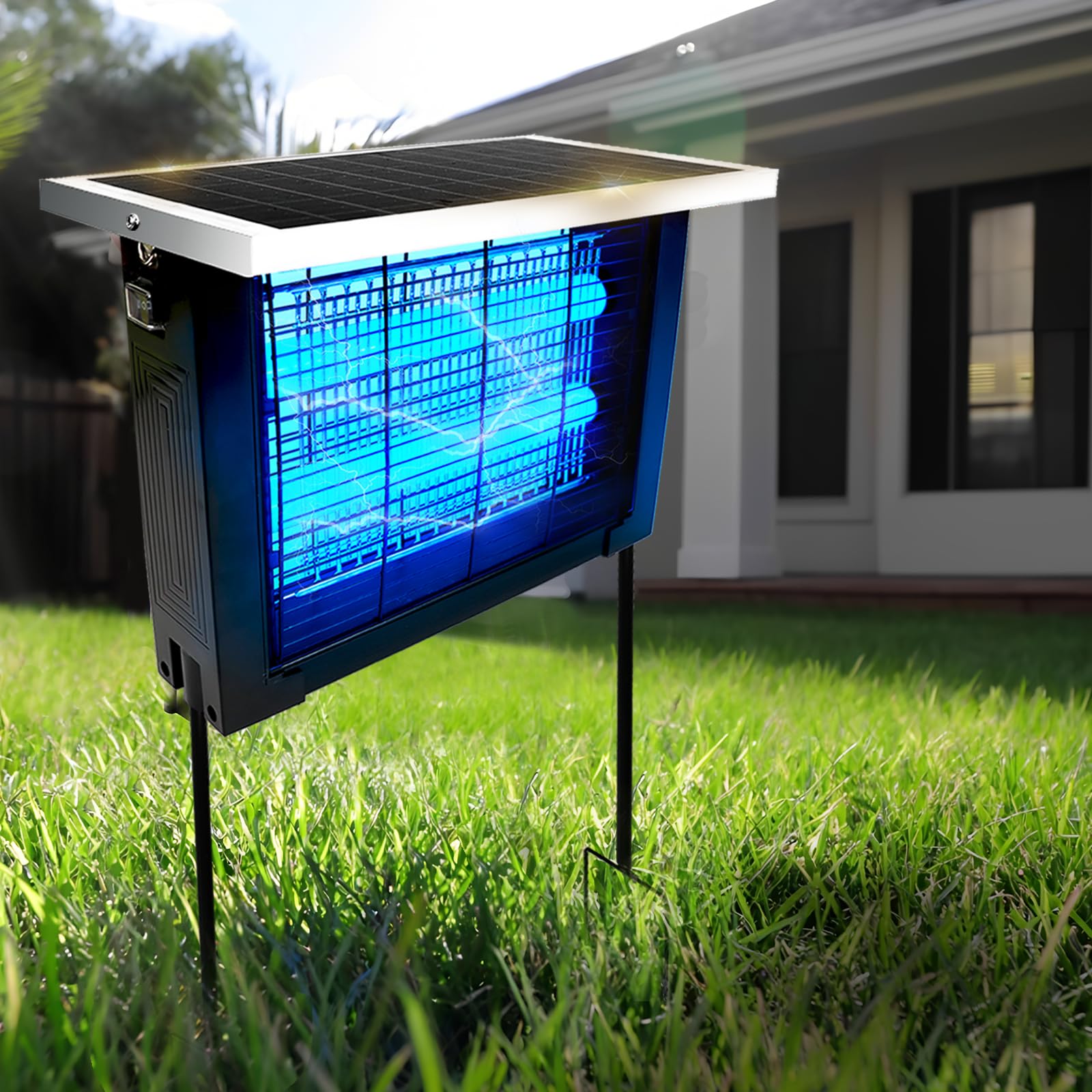Introduction to Koi Pond Aesthetics
Koi ponds are living art installations—blending water biology, architectural design, and Japanese gardening philosophy. A well-designed pond doesn’t just house fish; it creates a harmonious ecosystem where koi thrive as dynamic visual elements. This guide covers:
Section 1: Planning Your Pond
1.1 Location & Size
-
Sunlight: 4–6 hours daily (avoid excessive algae growth).
-
Depth: Minimum 3 feet for temperature stability (deeper in cold climates).
-
Shape: Organic curves mimic natural ponds; avoid sharp angles.
1.2 Material Selection
-
Liner vs. Concrete: EPDM liners (flexible) vs. gunite (durable).
-
Rock Choices: Smooth river rocks for edges, slate for waterfalls.
Section 2: Water & Filtration
2.1 Circulation Systems
-
Pump Sizing: 1,000–2,000 GPH per 1,000 gallons (ensure full turnover every 2 hours).
-
Filter Types: Mechanical (sponges), biological (Biofalls), UV clarifiers.
2.2 Water Quality
-
pH Balance: 7.0–8.5 (use crushed coral to stabilize).
-
Aeration: Air stones or waterfall cascades for oxygen.
Section 3: Hardscaping & Planting
3.1 Rockwork Techniques
-
Terracing: Create shelves for marginal plants like iris.
-
Waterfalls: Use uneven stone stacking for natural sound.
3.2 Plant Selection
-
Submerged: Anacharis (oxygenator).
-
Floating: Water lilies (30% surface coverage for shade).
Section 4: Koi-Specific Design
-
Swim Zones: Open areas for active fish vs. sheltered corners.
-
Predator Protection: Overhangs and deep zones deter herons.
Section 5: Lighting & Finishing Touches
-
LED Spotlights: Highlight koi colors at dusk (avoid blue lights).
-
Pathways: Flagstone stepping stones for viewing access.
Conclusion: Maintenance & Seasonal Care
-
Winter: De-icers for gas exchange.
-
Summer: Partial water changes weekly.

